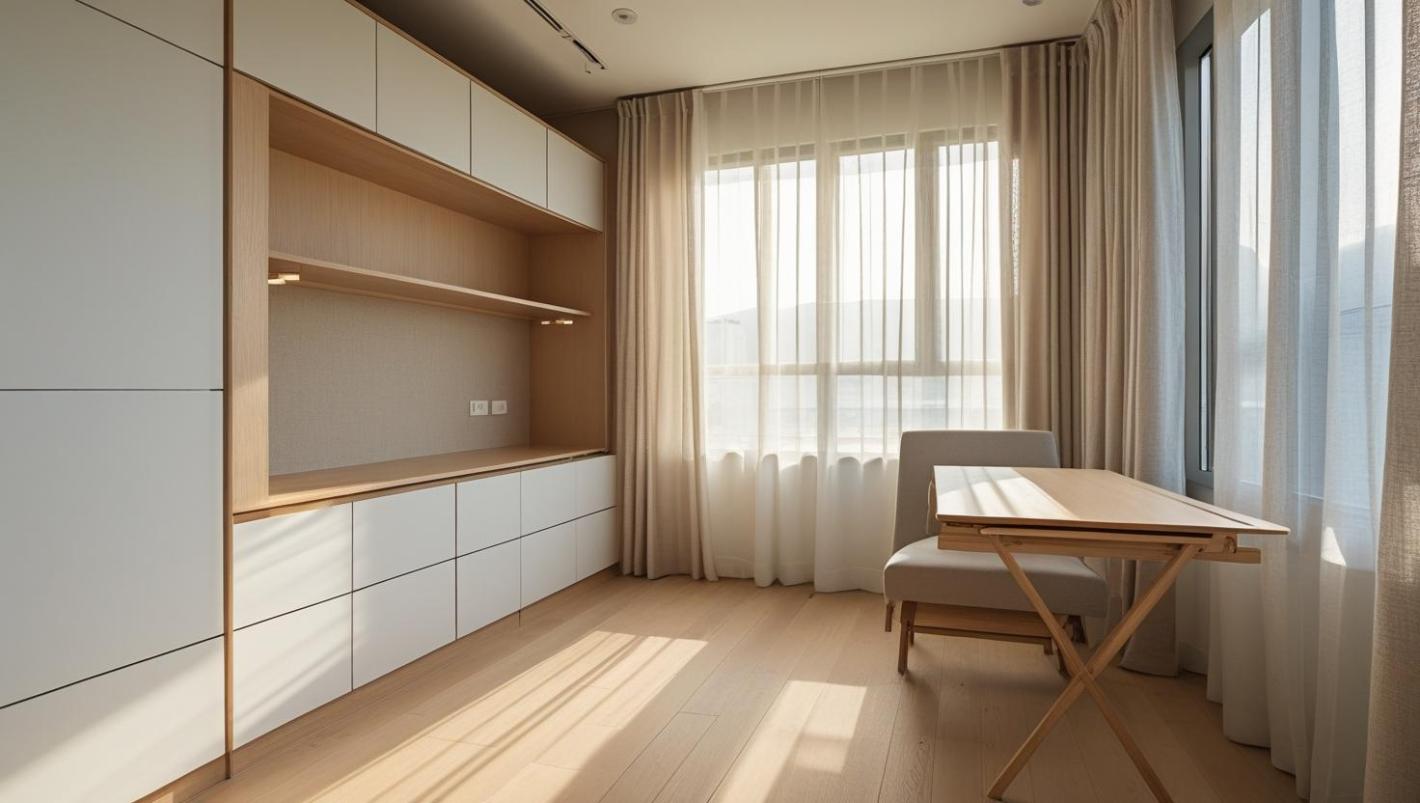
Bundang OP Design Trends
Bundang, located in the heart of Seongnam’s forward-thinking landscape, is no longer just a commuter hub; it’s now a design trendsetter. A quiet shift is underway as officetel spaces, which once focused solely on compact and efficient living, are now influencing how modern Korean homes are being designed. Platforms like OPCMD, which help users discover high-quality officetel spaces, have brought greater attention to Bundang’s unique blend of form, function, and ambiance.
What is OPCMD?
OPCMD is a Korean platform dedicated to helping users explore and compare officetel (OP) spaces, massage parlors, and wellness salons based on design, location, and user preferences. By highlighting not just the services but also the aesthetics and atmosphere of each listing, OPCMD serves as a bridge between utility and experience. It’s particularly useful for those seeking well-designed, multi-functional environments—whether for living, working, or relaxation.
From Utility to Style: How Function Became Fashion
The growing popularity of minimalism in Korea is driven not just by visual appeal but by necessity. Skyrocketing rents and limited space make every square meter valuable. What once started as a practical solution in officetels—compact service apartments known as OPs—has evolved into a national design trend.
Bundang OP spaces are at the forefront of this evolution. Design elements such as built-in storage, wall-mounted lighting, and modular furniture make small units feel bigger and more livable. Foldable tables, stackable chairs, and smartly placed mirrors are just a few ways these interiors turn limited space into comfort zones.
A Palette That Soothes and Expands
Designers inspired by Bundang OP layouts often lean into neutral earth-tone palettes, misty grays, soft beige, and washed oak. These colors don’t just look clean; they help trick the eye into perceiving more space. Light-colored walls paired with sheer curtains soften harsh sunlight, creating a peaceful, airy atmosphere that appeals to both residents and visiting guests.
As more homeowners embrace these calming aesthetics, the look has moved beyond Bundang, appearing in homes from Seoul to Busan.
Multipurpose Living: One Room, Many Lives
A standout feature of Bundang-inspired design is how space can change function throughout the day. Partitioned walls slide open or disappear. A single room becomes a home office, dining area, or bedroom depending on the need. What began as a design necessity has become a preferred lifestyle, especially in the post-COVID era, where remote work and flexible routines are the norm.
ALSO READ: Is Your Smart Home Spying on You? Private Investigators Weigh In on Security Gaps in Home Tech
Minimalism with Warmth
What makes the new wave of OP-inspired interiors so appealing is their balance. Sleek white consoles are paired with cozy rattan chairs. Brass fixtures glow softly over linen drapes. These choices ensure minimalism doesn’t feel cold or clinical; it feels lived-in and warm.
Koreans aren’t just downsizing, they’re upgrading, opting for smarter spaces that reflect intentional living.
A Design Shift That’s Spreading
More than a trend, the influence of Bundang OP is becoming a cultural standard. Homeowners, architects, and renters are increasingly drawn to design choices that prioritize functionality, calm, and multi-use layouts. From clever storage to calming colors, Bundang’s OP spaces are changing how Korea thinks about home, not just where we live, but how we live.